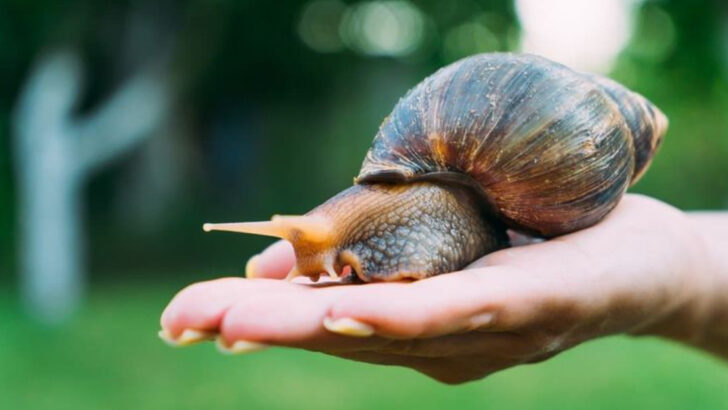Forget barking, meowing, or flying through hoops. These quiet little creatures live life in slow motion, and somehow, that makes them even more captivating.
They glide on slime, survive wild conditions, and carry their homes on their backs like nature’s tiniest RV owners. And just when you think you’ve figured them out, they hit you with another surprise — like breathing through a hole in their neck.
If you’ve ever written snails off as just garden guests, prepare to have your mind changed. These ten facts will take your snail knowledge from “meh” to “wow” in no time.
Snail Intelligence
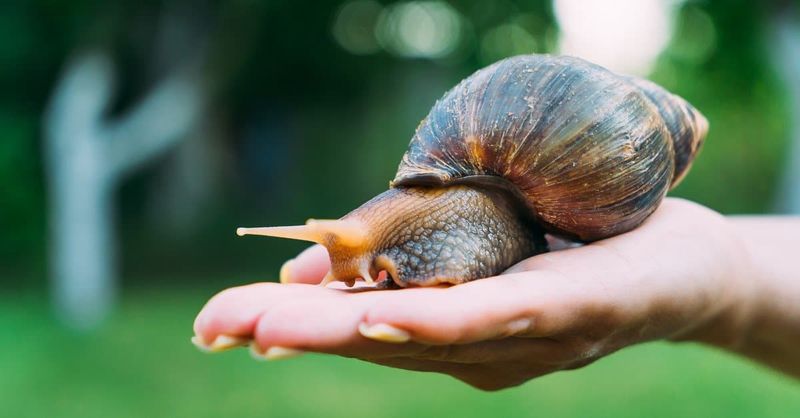
Did you know that snails are more intelligent than they appear? They can learn and remember certain tasks, especially when it comes to finding food. Though they may not solve puzzles like a dog or a cat, snails demonstrate a surprising level of awareness in their environment.
Researchers have observed snails navigating mazes and remembering their paths, indicating a basic form of spatial memory. This intelligence allows them to adapt to new surroundings, making them more interesting pets than one might initially think. Their cognitive abilities add a new dimension to observing these silent, creeping creatures.
Unique Breathing Organs

Unlike most animals, snails have a specialized breathing organ called a pneumostome. This small opening on the side of their bodies allows them to breathe air, adding to their adaptability.
In aquatic environments, some snails have gills, while land snails rely entirely on their pneumostomes. This versatility in breathing is crucial for their survival in diverse habitats.
Watching a snail gently open and close its pneumostome as it crawls is a testament to nature’s ingenuity, showcasing how even the simplest creatures have complex adaptations to thrive in various conditions.
Shell Regeneration

One of the most remarkable abilities of snails is their capacity to regenerate their shells. If a snail’s shell is damaged, it can gradually repair itself by secreting calcium carbonate.
This process not only protects the snail’s body but also strengthens the existing shell. The regeneration is slow and depends on the snail’s access to calcium-rich foods.
The sight of a snail diligently rebuilding its shell speaks to its resilience and determination. It’s a testament to the snail’s hardiness and its natural ability to mend itself in the face of adversity.
Hermaphroditic Nature
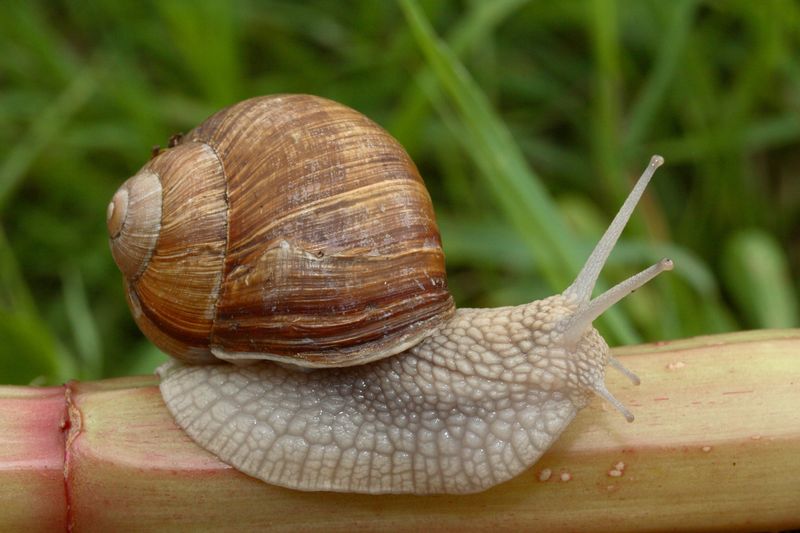
Snails are hermaphrodites, meaning they possess both male and female reproductive organs. This characteristic allows them to mate with any adult snail, making them prolific breeders.
During mating, both snails exchange sperm, ensuring genetic diversity and increased chances of reproduction. The process can be surprisingly elaborate, involving hours of interaction between partners.
This dual-gender ability is not just a fascinating biological trait but also a survival strategy, helping snails thrive in various environments. Understanding their hermaphroditic nature adds an intriguing aspect to caring for these little mollusks.
Varied Diet Preferences
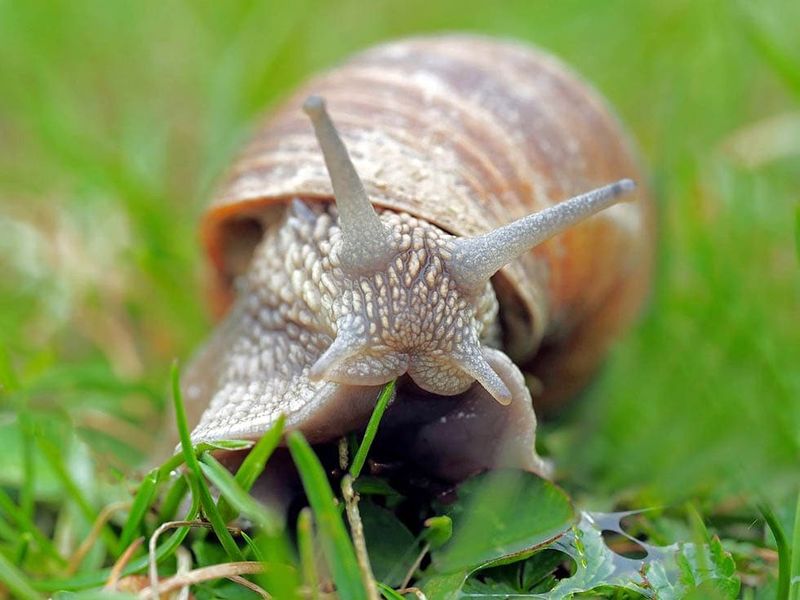
Snails are not picky eaters; their diet includes a wide range of fruits, vegetables, and even other organic materials. This varied diet supports their nutritional needs and promotes shell health.
Owners often find their snails nibbling on carrots, lettuce, apples, and more. Some snails may even enjoy occasional protein-based treats, such as dried fish flakes.
Feeding time becomes a delightful exploration of tastes and textures, both for the snail and its human companion. This culinary curiosity makes snails more engaging pets, as owners experiment to find their favorites.
Nocturnal Activity
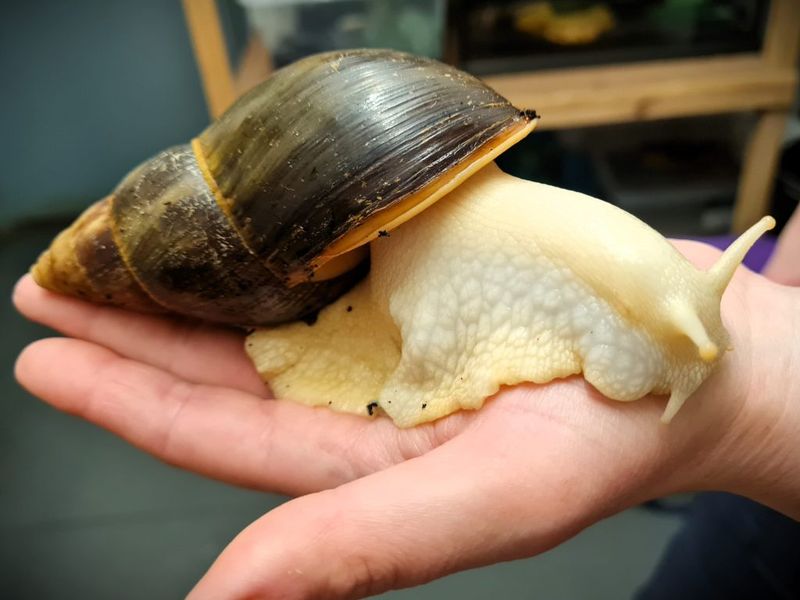
Pet snails are primarily nocturnal, meaning they thrive in the dark. As the sun sets, snails become more active, exploring their surroundings and searching for food.
This nocturnal lifestyle helps them avoid predators and extreme temperatures. Owners might hear the soft rustle of a snail gliding over its habitat at night.
This night-time activity adds a mysterious allure to owning snails, as their secretive behavior is revealed in the moonlight. Observing their nightly routines can be a captivating experience, offering a glimpse into their hidden world.
Long Lifespan
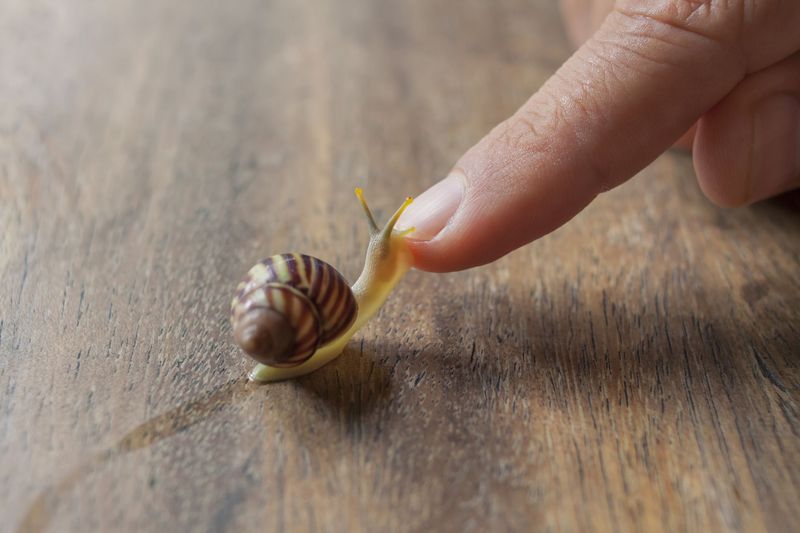
Despite their fragile appearance, some snails can live remarkably long lives. Depending on the species, a pet snail can live anywhere from three to ten years, with some individuals even surpassing this range.
Their longevity is influenced by diet, habitat, and care provided by their owners. A well-cared-for snail becomes a long-term companion, its slow pace and enduring presence offering a calming influence.
Owning a snail is often a journey through patience and observation, where time spent together reveals the richness of its extended life.
Slow Yet Strong

Although snails are known for their slow movement, they are surprisingly strong for their size. Their muscular foot enables them to carry objects that are many times their own weight.
This strength is most evident when watching a snail carry a breadcrumb or a small stone across its habitat.
Their ability to move steadily with such burdens highlights their determination and persistence. These unexpected displays of strength challenge preconceived notions about snails, proving that their gentle pace hides remarkable capabilities.
Remarkable Senses
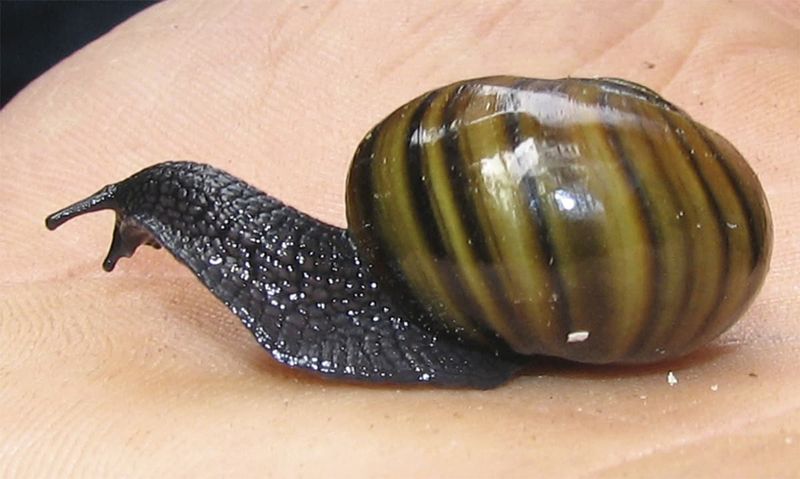
Snails possess highly developed senses, especially their sense of smell, which they use to navigate their surroundings. Their tentacles, equipped with eyes and olfactory sensors, are essential for detecting food and potential threats.
Observing a snail extend its tentacles in curiosity is a reminder of its acute awareness of the environment.
These finely tuned senses allow snails to thrive in diverse environments, making them fascinating subjects for study and observation. Their sensory prowess is yet another example of the complexity hidden within these seemingly simple creatures.
Fascinating Footprints
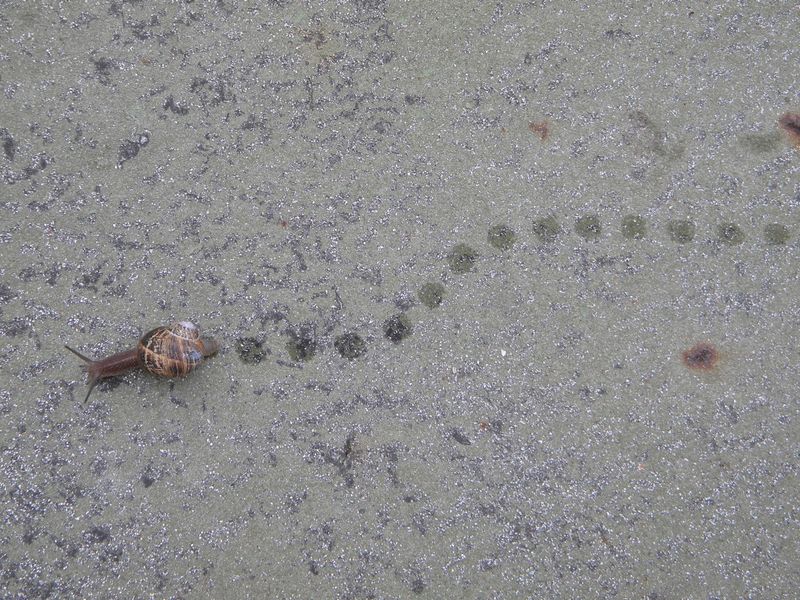
Snails leave behind a trail of mucus, often called a slime trail, which aids in their movement and reduces friction. This trail also helps them find their way back home, as it carries their unique scent.
The silvery path left by a snail in the morning light is a testament to its quiet journey across surfaces.
These trails serve multiple purposes, including communication and protection from predators. Understanding the significance of their slime trails enhances appreciation for the intricate ways snails interact with their environment.

